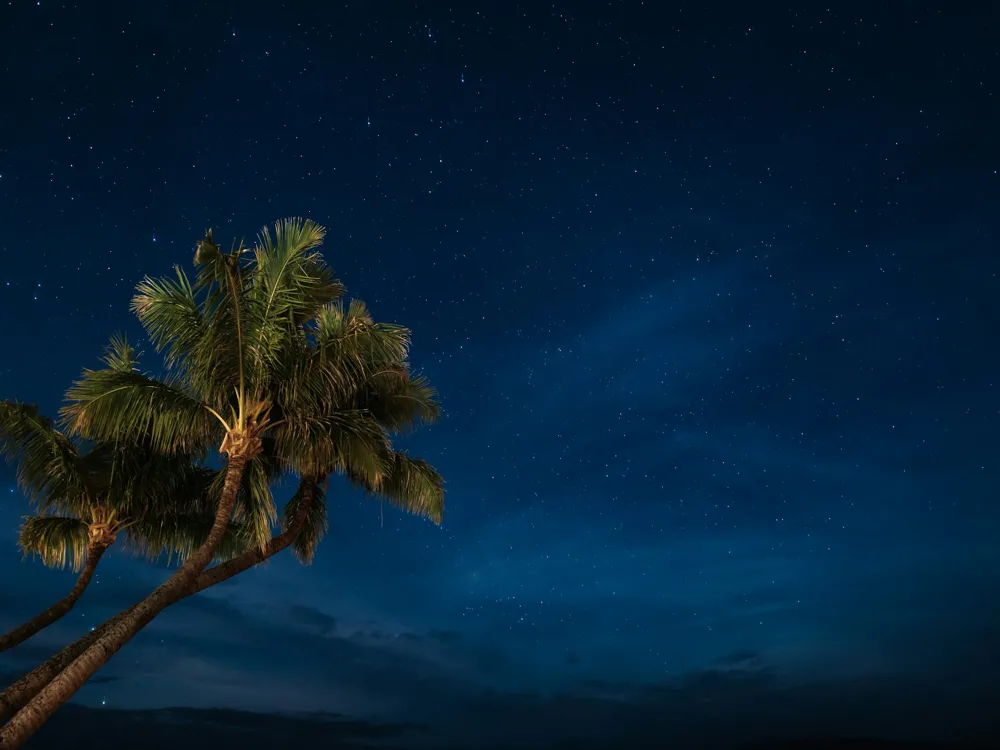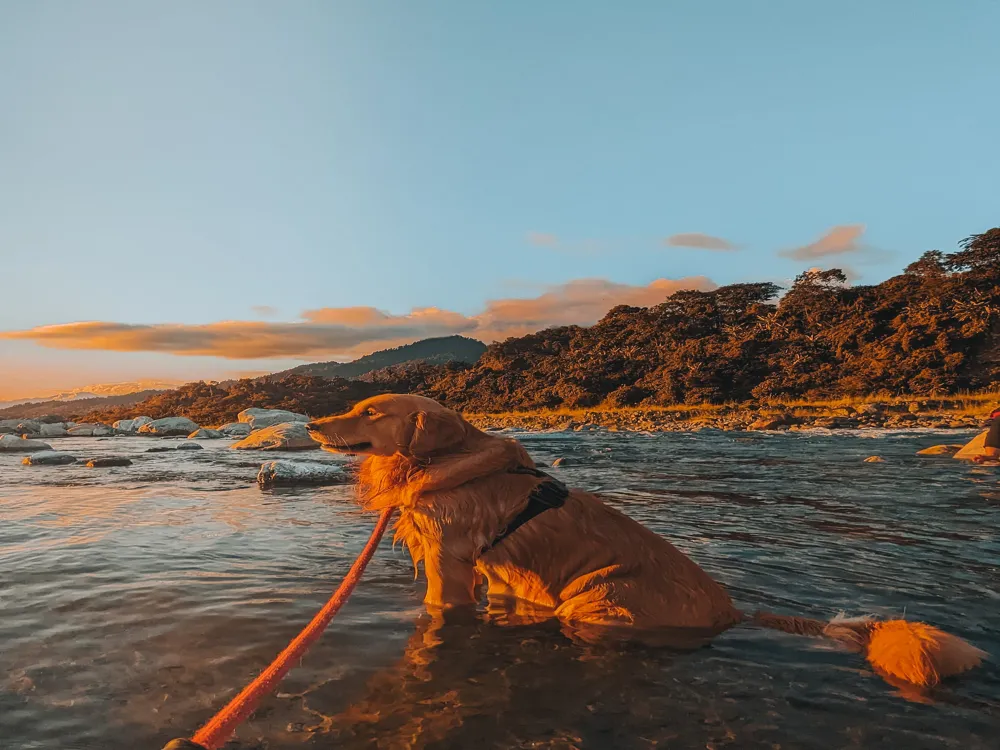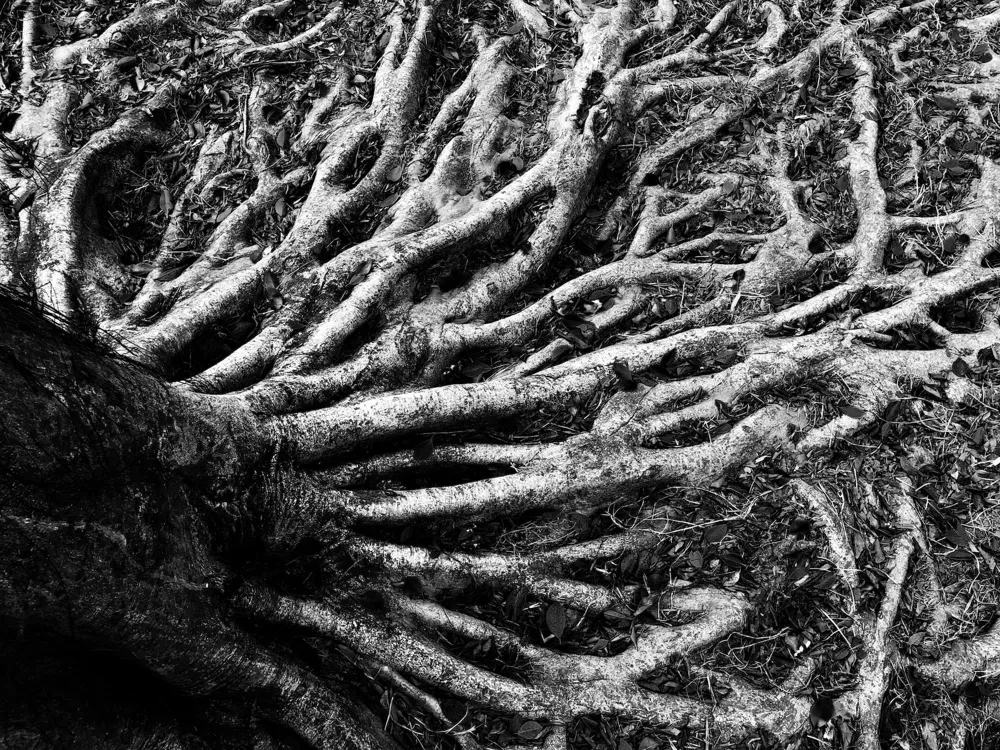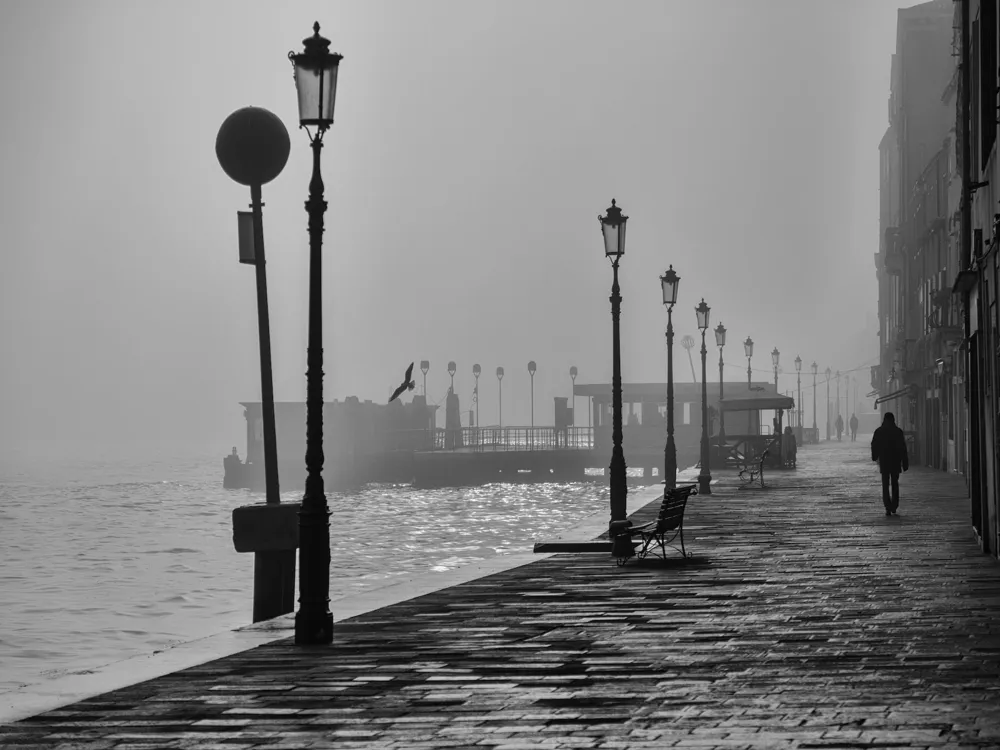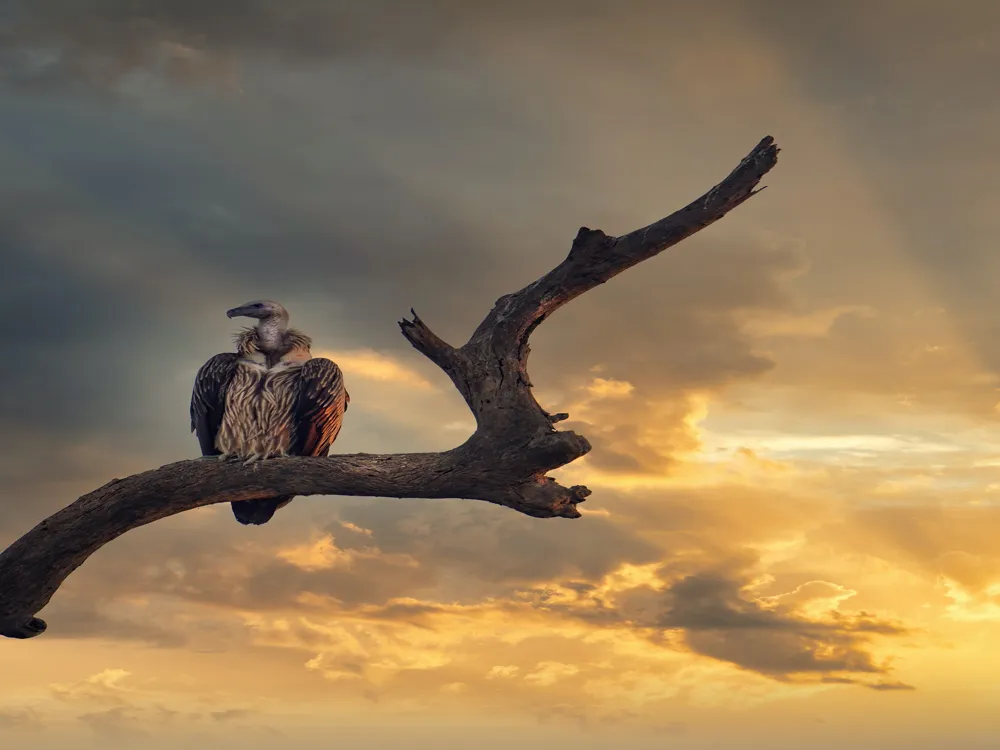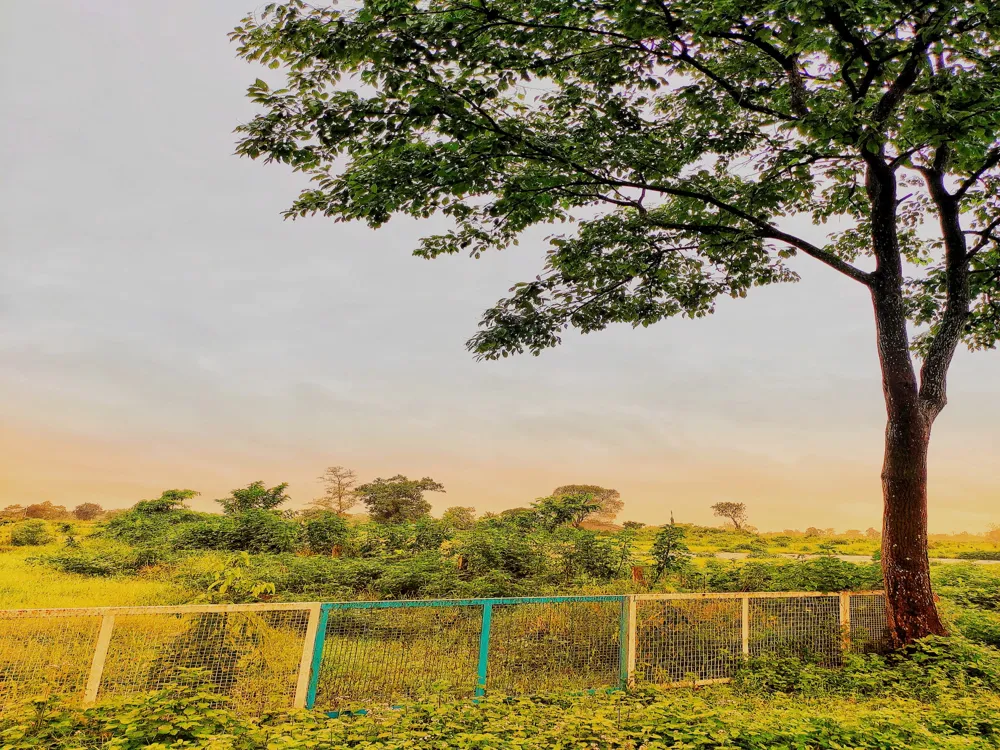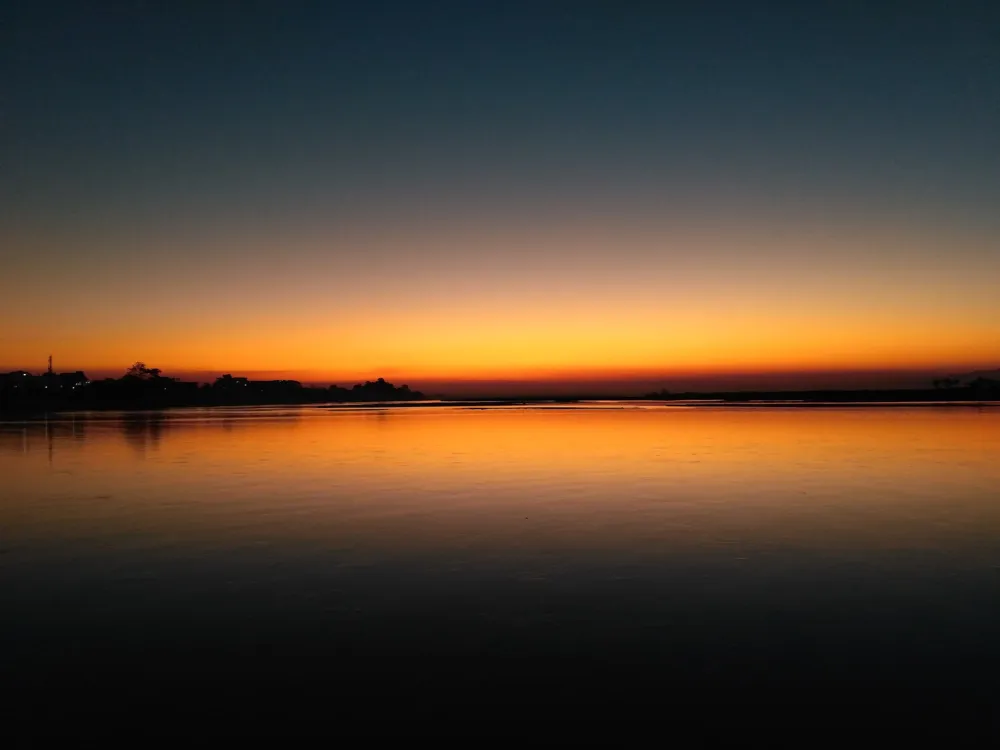Nestled in the picturesque landscapes of Arunachal Pradesh, Chaglogam is a hidden gem waiting to be explored. This tranquil village is situated in the Anjaw district, renowned for its lush greenery, flowing rivers, and vibrant cultural heritage. A visit to Chaglogam is not just a journey through scenic beauty, but also an exploration into the rich tapestry of tribal life and traditions that flourish in this remote part of India. The history of Chaglogam is deeply intertwined with the indigenous tribes of Arunachal Pradesh, particularly the Mishmi tribe. Known for their unique customs, colorful attire, and hospitable nature, the Mishmi people play a pivotal role in maintaining the ecological balance of the region. Their traditional practices and beliefs, deeply rooted in nature, offer a fascinating insight into sustainable living. Chaglogam's landscape is a paradise for nature lovers and adventure seekers. The region is characterized by dense forests, undulating hills, and pristine rivers. It's a hotspot for trekking, river rafting, and bird watching. The flora and fauna here are diverse, with many species endemic to the region. The tranquility of Chaglogam offers a perfect escape from the hustle and bustle of city life, making it an ideal destination for those seeking peace and solitude amidst nature. The climate in Chaglogam varies greatly due to the dramatic elevation changes. The weather ranges from temperate in the lower valleys to alpine in the higher elevations. This variation contributes to the diverse ecosystems found here, making Chaglogam a unique destination throughout the year. The architecture in Chaglogam is a reflection of the ingenuity and resourcefulness of the local tribes, particularly in their use of locally sourced materials and adaptation to the rugged terrain. The traditional Mishmi houses, known as 'Yingkiong', are a marvel of indigenous engineering. These houses are built on stilts, a design that offers protection from wild animals and floods. The use of bamboo, cane, and thatch in construction showcases the sustainable practices of the Mishmi tribe. The Yingkiong houses are not just functional but also hold cultural significance. The intricate designs and patterns on the walls and doors are symbolic, representing various aspects of Mishmi folklore and spirituality. The communal nature of these houses, often large enough to accommodate extended families, reflects the strong sense of community and kinship prevalent among the Mishmi people. In addition to residential structures, the architectural landscape of Chaglogam includes religious and communal buildings. The Buddhist monasteries and Hindu temples display a fusion of Tibetan and Indian architectural styles, indicating the historical and cultural exchanges that have shaped this region. These religious structures are often adorned with vibrant murals and carvings, depicting religious narratives and local myths. Modern architecture in Chaglogam is gradually evolving, with influences from urban areas blending with traditional styles. This blend of old and new is seen in the construction of schools, healthcare centers, and administrative buildings, which are increasingly incorporating modern amenities while respecting the ecological and cultural ethos of the region. The ideal time to visit Chaglogam is between October and April when the weather is pleasant, and the natural beauty of the region is at its peak. Visitors are advised to respect local customs and traditions. Dress modestly, seek permission before taking photographs of people, and participate in local festivals with sensitivity. Pack light but include essentials like warm clothing, rain gear, sturdy shoes, and basic medical supplies. Also, carry cash as ATMs are scarce. Be prepared for limited medical facilities. It's advisable to have travel insurance and carry basic medications for altitude sickness and minor injuries. Practice responsible tourism by minimizing plastic use, not disturbing wildlife, and respecting the natural environment. Reaching Chaglogam involves a mix of road and air travel. The nearest airport is in Dibrugarh, Assam, from where one can take a taxi or bus to Chaglogam. The journey offers a scenic route through the lush landscapes of Arunachal Pradesh, making the travel experience an integral part of the adventure. Read More:Overview of Chaglogam, Anjaw, Arunachal Pradesh
Architecture of Chaglogam
Tips When Visiting Chaglogam
Best Time to Visit
Cultural Etiquette
Travel Essentials
Health and Safety
Eco-friendly Practices
How To Reach Chaglogam
Chaglogam
Anjaw
Arunachal Pradesh
NaN onwards
View anjaw Packages
Anjaw Travel Packages
View All Packages For Anjaw
Top Hotel Collections for Anjaw

Private Pool

Luxury Hotels

5-Star Hotels

Pet Friendly
Top Hotels Near Anjaw
Other Top Ranking Places In Anjaw
View All Places To Visit In anjaw
Faq on Anjaw
What is Chaglogam Anjaw?
Chaglogam Anjaw is a place located in the Anjaw district of Arunachal Pradesh, India. It is known for its natural beauty, cultural heritage, and diverse wildlife.
How do I get to Chaglogam Anjaw?
The most common way to reach Chaglogam Anjaw is by road. One can travel by bus, taxi, or private vehicle from nearby towns or cities such as Roing or Tezu.
What are the tourist attractions in Chaglogam Anjaw?
Tourist attractions in Chaglogam Anjaw include scenic viewpoints, trekking trails, waterfalls, and opportunities to experience the local culture and traditions of the indigenous tribes.
What activities can I do in Chaglogam Anjaw?
Visitors to Chaglogam Anjaw can engage in activities such as trekking, bird watching, nature walks, camping, and exploring the traditional lifestyle of the local tribes.
Is Chaglogam Anjaw a safe place to visit?
Generally, Chaglogam Anjaw is considered safe for tourists. However, it's always advisable to take necessary precautions and respect the local customs and traditions while traveling in the region.
View anjaw Packages
Anjaw Travel Packages
View All Packages For Anjaw
Top Hotel Collections for Anjaw

Private Pool

Luxury Hotels

5-Star Hotels

Pet Friendly
Top Hotels Near Anjaw
Other Top Ranking Places In Anjaw
View All Places To Visit In anjawFaq on Anjaw
What is Chaglogam Anjaw?
Chaglogam Anjaw is a place located in the Anjaw district of Arunachal Pradesh, India. It is known for its natural beauty, cultural heritage, and diverse wildlife.
How do I get to Chaglogam Anjaw?
The most common way to reach Chaglogam Anjaw is by road. One can travel by bus, taxi, or private vehicle from nearby towns or cities such as Roing or Tezu.
What are the tourist attractions in Chaglogam Anjaw?
Tourist attractions in Chaglogam Anjaw include scenic viewpoints, trekking trails, waterfalls, and opportunities to experience the local culture and traditions of the indigenous tribes.
What activities can I do in Chaglogam Anjaw?
Visitors to Chaglogam Anjaw can engage in activities such as trekking, bird watching, nature walks, camping, and exploring the traditional lifestyle of the local tribes.
Is Chaglogam Anjaw a safe place to visit?
Generally, Chaglogam Anjaw is considered safe for tourists. However, it's always advisable to take necessary precautions and respect the local customs and traditions while traveling in the region.



